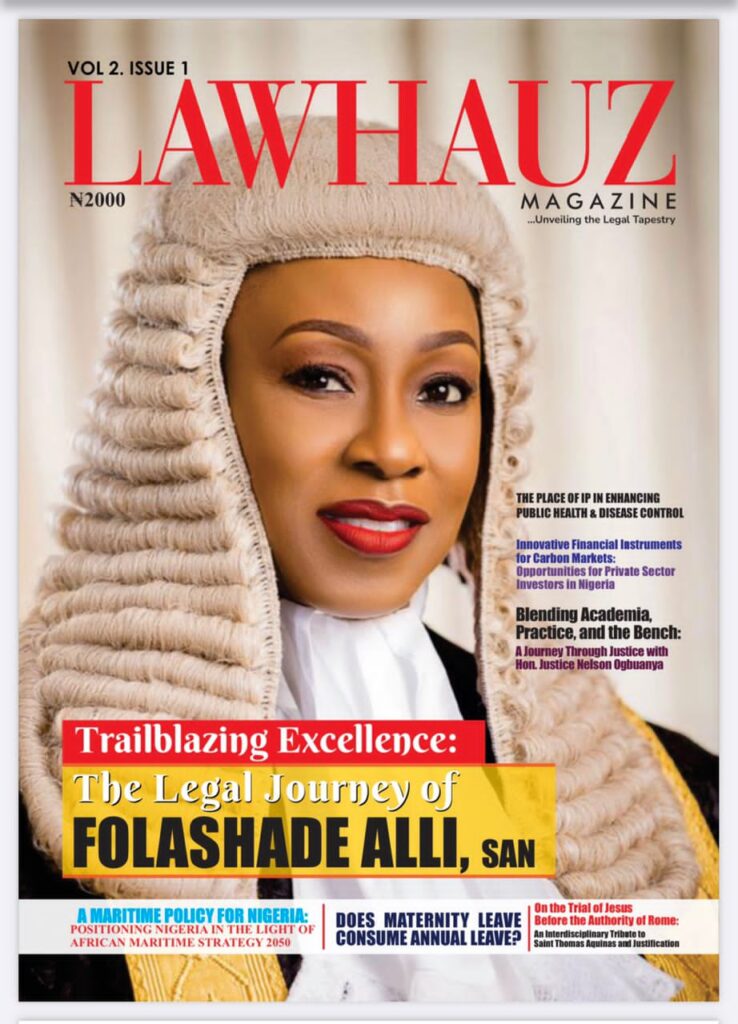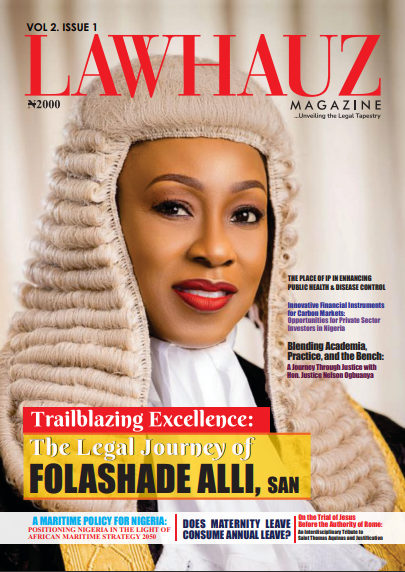Advertisement
By Colin Moynihan
In recent weeks, the country has watched two gripping trials with wide social resonance unfold on television and computer screens.
Video broadcasts allowed an untold number of people to watch the trial and acquittal of Kyle Rittenhouse, who killed two people during a protest over a police shooting in Kenosha, Wis. A similarly large audience watched the trial and conviction of three white men in Georgia charged in the murder of a Black jogger, Ahmaud Arbery. In the past, such access would likely have required a seat inside a courtroom.
So why is Ghislaine Maxwell’s sex trafficking trial not equally accessible? The answer has to do with the difference in jurisdictions — federal court in the case of Ms. Maxwell, and county courts in the other two.
There are specific, sometimes arcane rules that govern federal proceedings. Though the federal judiciary has experimented with pilot programs allowing cameras in civil cases, the broadcast of criminal cases has been barred since 1946 under Rule 53 of the Federal Rules of Criminal Procedure.
By contrast, some state and county courts for decades have had latitude to allow trial broadcasts. For instance, in 1993, the Los Angeles County Superior Court let Court TV broadcast the trial of Erik and Lyle Menendez, brothers who used shotguns to kill their parents but claimed they did so in self-defense after years of sexual and psychological torture.
Vivid scenes with weeping defendants and dramatic cross-examinations helped create a cultlike following among some of those who tuned in. Soon afterward, Court TV and the E Channel both covered O.J. Simpson’s murder trial live from Los Angeles County. Those proceedings, too, drew devoted audiences.
But the televised trials also had their critics, who complained that the national audience encouraged lawyers, judges and witnesses to grandstand.
The first attempt to prosecute the Menendez brothers ended with jurors unable to agree on a verdict. The judge handling the case, Stanley M. Weisberg, believed that the television coverage had affected many potential jurors for the retrial and barred electronic coverage of the second trial to “protect the rights of the parties, the dignity of the court and assure the orderly conduct of the proceedings.”
In 1994, the U.S. Judicial Conference, which sets policy for federal courts, voted down a proposed amendment to Rule 53, which would have allowed cameras in criminal proceedings. The conference also rejected a similar proposal to allow the recording and broadcast of civil proceedings, concluding “the intimidating effect of cameras on some witnesses and jurors was cause for concern.”
People who want to keep track of legal proceedings remotely in federal cases in New York may have an easier time when verdicts are appealed. The Second Circuit, which hears appeals in New York State, as well as in Connecticut and Vermont, has a web page for the “livestream audio” of oral arguments. Those who tune in cannot watch what is happening inside the courtroom but can listen to what is being said.
The Year in Photos: Look through the pictures that helped us tell the story of 2021.
2021 Firsts: A round-up of events and trends, surprising and serious, noted for the first time ever this year.
Making Black History: Here are the achievements that shaped the first year following the country’s racial reckoning.
Moments in Sport: In 2021, players and leagues tried to return to normal in the shadow of the coronavirus.
Quiz: Do you recognize the notable people whose stories defined the year?
Advertisement



